How To Grow Hardy Gardenias For Gorgeous Blooms
Gardenias are one of the most popular flowering shrubs in the world, and for good reason. They are known for their beautiful, fragrant blooms that can brighten up any garden. However, gardenias can be a bit tricky to grow, especially in colder climates.
If you are looking to grow hardy gardenias for gorgeous blooms, here are a few tips:
- Choose the right location. Gardenias prefer a location that receives partial shade in the afternoon. Too much sun can scorch their leaves and prevent them from blooming.
- Plant in acidic soil. Gardenias prefer soil with a pH of 5.5 to 6.5. If your soil is too alkaline, you can amend it with peat moss or sulfur.
- Water regularly. Gardenias need to be watered regularly, especially during the hot summer months. However, be careful not to overwater, as this can lead to root rot.
- Fertilize regularly. Gardenias benefit from a balanced fertilizer that is high in nitrogen. Fertilize every 6 to 8 weeks during the growing season.
- Prune regularly. Gardenias should be pruned in the spring to remove dead, diseased, or damaged branches. You can also prune to shape the plant.
- Protect from pests and diseases. Gardenias are susceptible to a number of pests and diseases, including scale, whitefly, and powdery mildew. Be sure to inspect your plants regularly and take steps to control any pests or diseases that you find.
With proper care, hardy gardenias can thrive in a variety of climates. They will reward you with beautiful, fragrant blooms for many years to come.
Here are some additional tips for growing hardy gardenias:
- Mulch around your plants to help retain moisture and suppress weeds.
- Water your plants with rainwater or distilled water, as tap water can contain minerals that can damage the leaves.
- Protect your plants from frost during the winter by covering them with a burlap sack or other protective material.
- Bring potted gardenias indoors during the winter if you live in a cold climate.
Conclusion
Growing hardy gardenias for gorgeous blooms is a rewarding experience. By following these tips, you can enjoy these beautiful shrubs for many years to come.
Hardy gardenias are a beautiful and fragrant addition to any garden. If you are thinking about adding one to your home, I recommend visiting Home Gardening for more information. Home Gardening is a comprehensive resource on hardy gardenias, including care instructions, varieties, and tips for planting and growing.
FAQ of hardy gardenia
How to care for hardy gardenia?
Hardy gardenias are relatively easy to care for, but they do require some specific conditions to thrive. Here are some tips:
- Plant your gardenia in a location that gets full sun to partial shade.
- The soil should be acidic and well-drained.
- Water your gardenia regularly, but don't overwater.
- Fertilize your gardenia with an acidic fertilizer once a month during the growing season.
- Prune your gardenia in the spring to remove dead or diseased growth.
What is the best fertilizer for hardy gardenias?
The best fertilizer for hardy gardenias is an acidic fertilizer, such as an azalea or camellia fertilizer. You can also use a slow-release fertilizer, which will provide nutrients over a longer period of time.
How do I start a new gardenia plant?
You can start a new gardenia plant from seed or from a cutting. To start a gardenia plant from seed, sow the seeds in a pot of well-draining soil in the spring. To start a gardenia plant from a cutting, take a 4-inch stem cutting in the spring and dip the end in rooting hormone. Plant the cutting in a pot of well-draining soil and keep the soil moist. The cutting should root in about 6 weeks.
What are some common problems with hardy gardenias?
Some common problems with hardy gardenias include:
- Leaf spot: This is a fungal disease that causes brown spots on the leaves. To treat leaf spot, you can use a fungicide.
- Aphids: These small insects can suck the sap out of the leaves, causing them to wilt and yellow. To control aphids, you can use insecticidal soap or neem oil.
- Scale insects: These small insects can attach themselves to the stems and leaves of the plant, sucking the sap out. To control scale insects, you can use a horticultural oil or insecticidal soap.
Image of hardy gardenia
10 different images of hardy gardenia that are free to use:
A popular hardy gardenia, Gardenia jasminoides is known for its white, waxy flowers with a strong fragrance. It can grow up to 5 feet tall and wide, and is hardy in USDA zones 7-9.
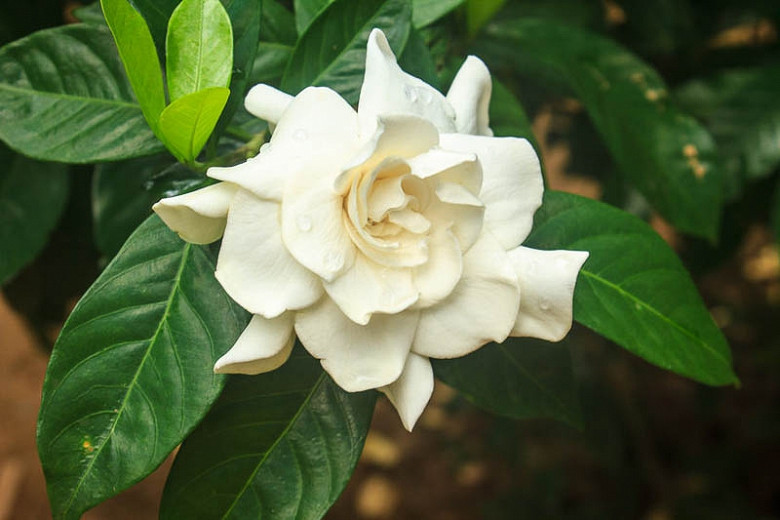
Another popular hardy gardenia, Gardenia florida is known for its large, white flowers with a sweet fragrance. It can grow up to 8 feet tall and wide, and is hardy in USDA zones 8-10.

A smaller hardy gardenia, Gardenia radicans is known for its glossy, dark green leaves and clusters of small, white flowers. It can grow up to 3 feet tall and wide, and is hardy in USDA zones 8-10.
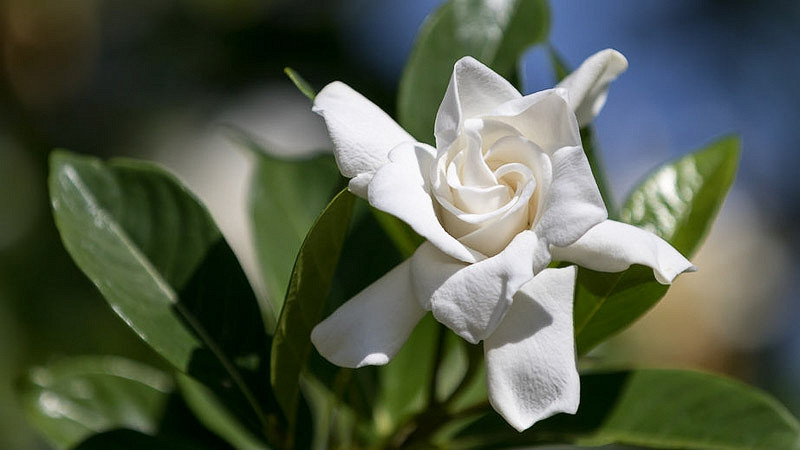
A hardy gardenia with a long blooming season, Gardenia nitida is known for its white, fragrant flowers. It can grow up to 6 feet tall and wide, and is hardy in USDA zones 8-10.
A hardy gardenia with a tropical look, Gardenia thunbergia is known for its white, trumpet-shaped flowers. It can grow up to 6 feet tall and wide, and is hardy in USDA zones 9-11.

A hardy gardenia with a citrusy fragrance, Gardenia augusta is known for its white, star-shaped flowers. It can grow up to 4 feet tall and wide, and is hardy in USDA zones 9-11.

A hardy gardenia with a sweet fragrance, Gardenia taitensis is known for its white, cup-shaped flowers. It can grow up to 5 feet tall and wide, and is hardy in USDA zones 9-11.
A hardy gardenia with a long blooming season, Gardenia obtusifolia is known for its white, fragrant flowers. It can grow up to 3 feet tall and wide, and is hardy in USDA zones 9-11.

A hardy gardenia with a compact growth habit, Gardenia florida radicans is known for its white, fragrant flowers. It can grow up to 2 feet tall and wide, and is hardy in USDA zones 9-11.
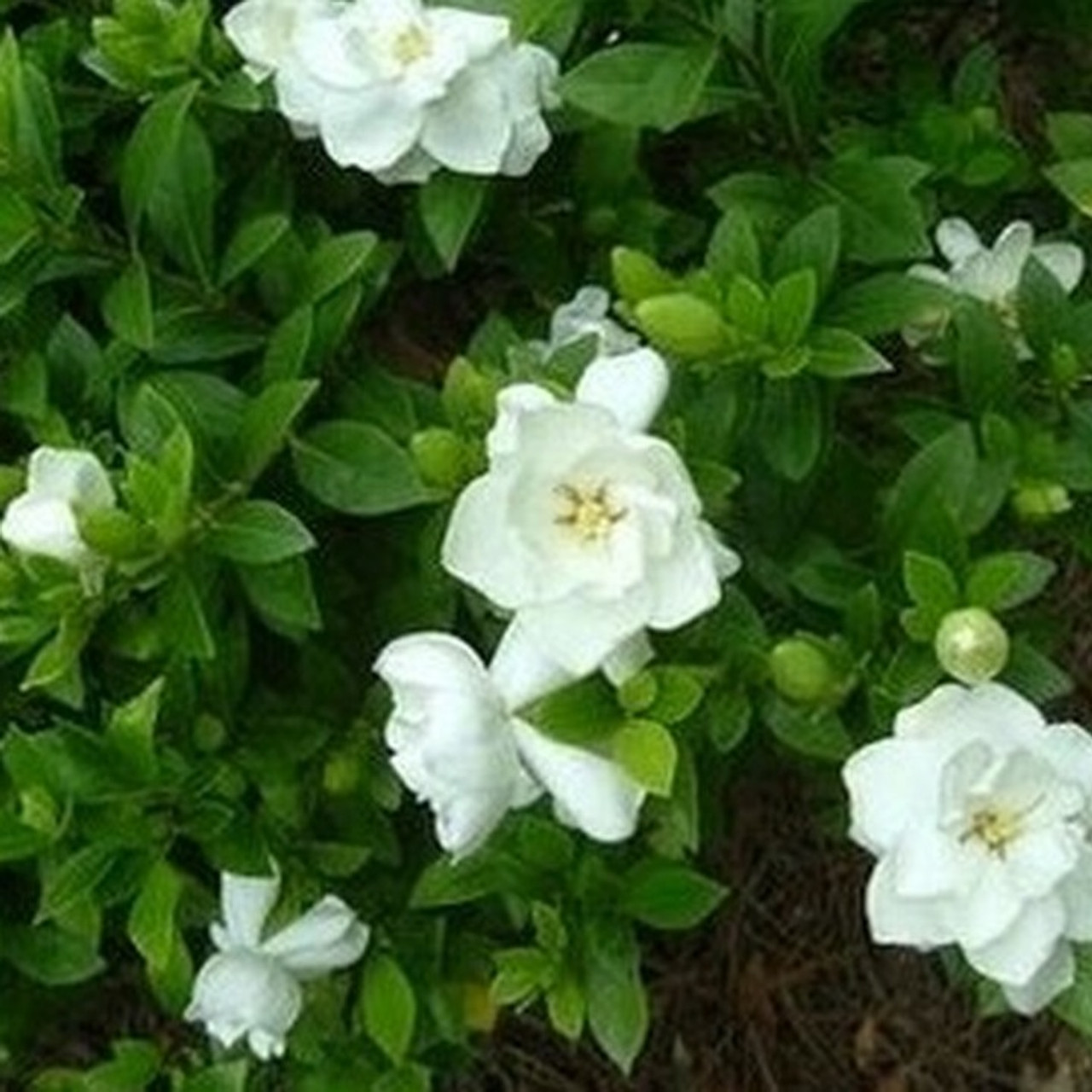
A hardy gardenia with variegated leaves, Gardenia florida radicans variegata is known for its white, fragrant flowers. It can grow up to 2 feet tall and wide, and is hardy in USDA zones 9-11.

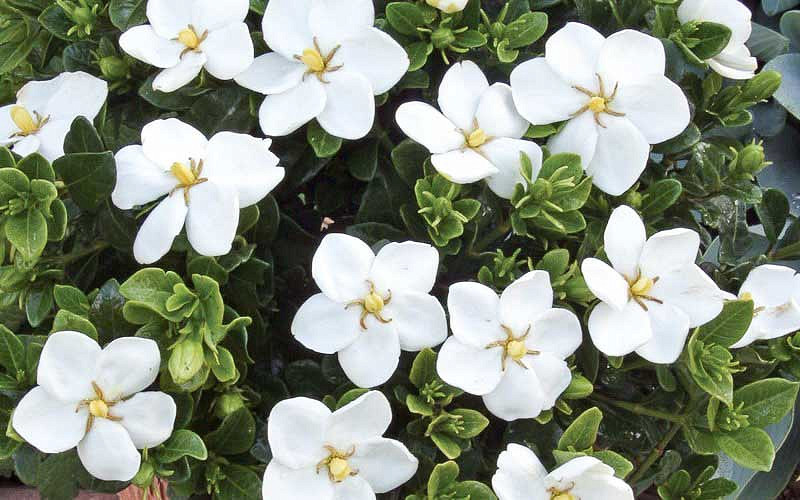
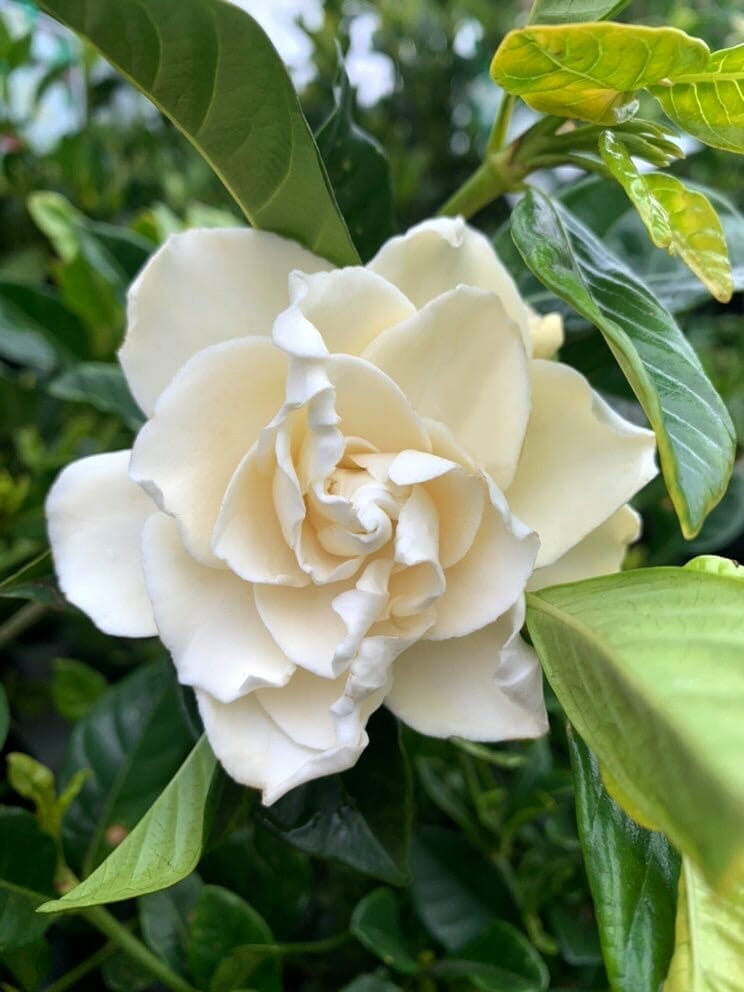
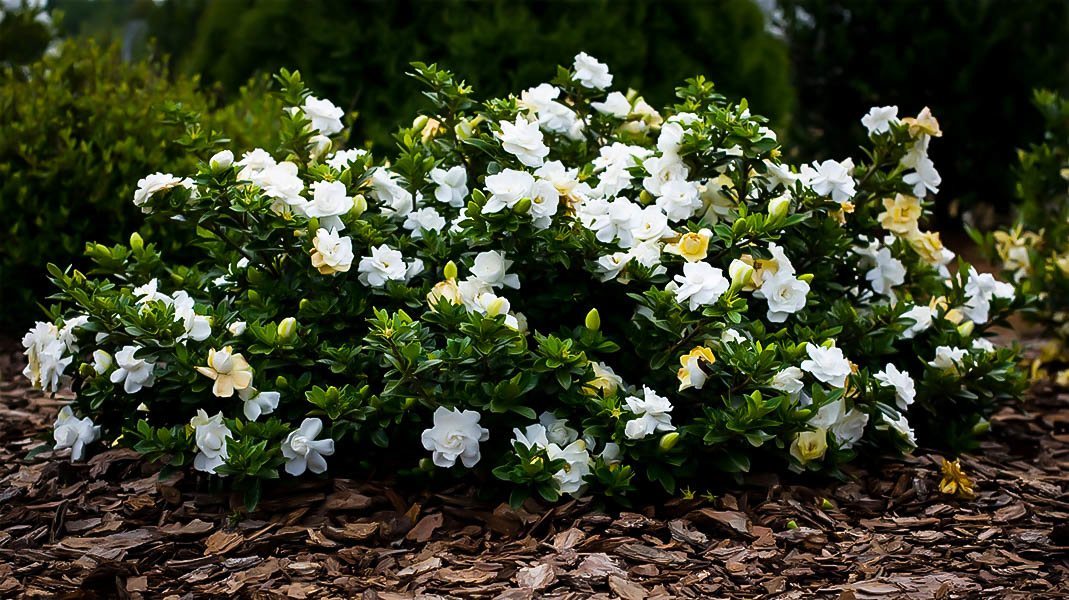

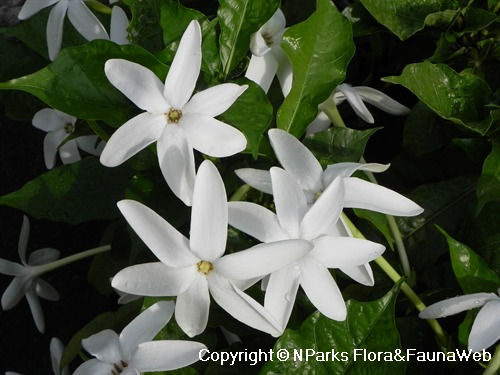

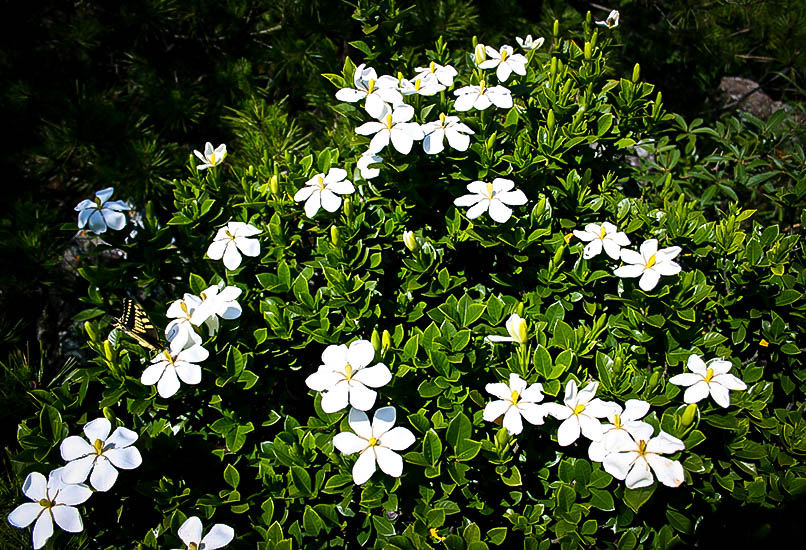
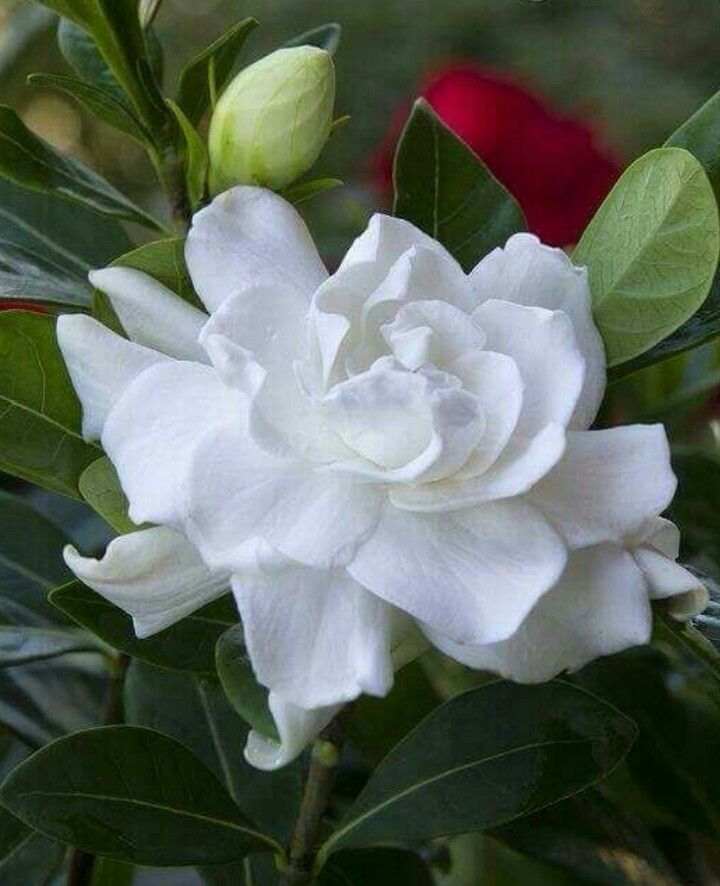


Post a Comment for "How To Grow Hardy Gardenias For Gorgeous Blooms"